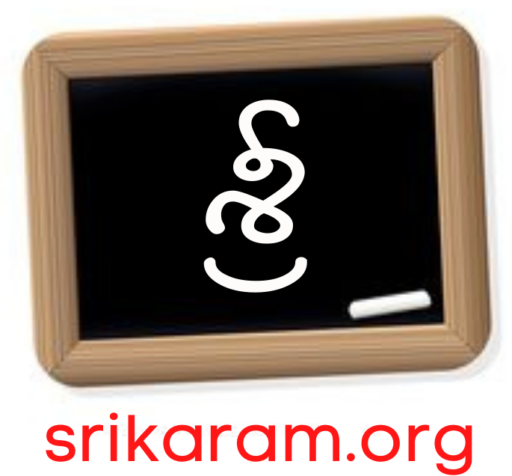The Mahabharata is one of the most important and expansive epics in Indian literature. It is an ancient Sanskrit epic attributed to the sage Vyasa and is considered a major text of Hinduism. The epic encompasses a wide range of themes, including duty, righteousness, and the complexities of human nature.
Overview of the Mahabharata
**1. Structure and Content:
- Length: The Mahabharata is one of the longest epic poems in world literature, with over 100,000 shlokas (verses) or 200,000 individual lines, roughly ten times the length of the Iliad and the Odyssey combined.
- Books: It is divided into 18 parvas (books or sections), which include various sub-books or sections. The epic is organized into these books, which are further divided into chapters or episodes.
**2. Main Themes:
- Dharma (Righteousness): The central theme is the concept of dharma or duty. The Mahabharata explores the complexities of moral decisions and ethical dilemmas.
- Karma (Action): It also delves into the concept of karma, the principle of cause and effect, and how one’s actions influence one’s future.
- The Nature of Power: The epic examines the nature of power, authority, and the consequences of ambition and desire.
Plot Summary
**1. Origins and Background:
- The Kuru Dynasty: The epic centers on the Kuru dynasty and the conflict between two branches of the family: the Pandavas and the Kauravas. The Kauravas, led by Duryodhana, are the cousins of the Pandavas, led by Yudhishthira.
- Bhishma’s Vow: The story begins with the complex backstory involving King Shantanu and his son Bhishma, who vows celibacy to secure the throne for his stepmother’s children.
**2. The Game of Dice:
- Exile: The Pandavas, led by Yudhishthira, are tricked into a game of dice by Duryodhana and his uncle Shakuni. They lose their kingdom, wealth, and even their wife, Draupadi, and are exiled to the forest for 13 years.
- Draupadi’s Humiliation: The disrobing of Draupadi in the Kaurava court is a crucial event that further intensifies the conflict between the two factions.
**3. The Kurukshetra War:
- Battle Preparation: After the exile, the Pandavas return to reclaim their kingdom, leading to a great war at Kurukshetra. The war lasts for 18 days and involves massive armies and significant battles.
- Bhagavad Gita: During the war, Krishna, who is a charioteer for Arjuna (one of the Pandava brothers), imparts spiritual wisdom and guidance to Arjuna in the form of the Bhagavad Gita, a key philosophical and religious text.
**4. The Aftermath:
- Destruction and Aftermath: The war results in the near-total destruction of the Kuru dynasty, with many prominent figures killed. Yudhishthira emerges victorious but is deeply affected by the loss and destruction.
- Return to Dharma: The epic concludes with the Pandavas renouncing their kingdom and embarking on a journey to the Himalayas in search of spiritual enlightenment and the ultimate truth.
Key Characters
**1. Pandavas:
- Yudhishthira: The eldest Pandava, known for his adherence to truth and righteousness.
- Bhima: The strong and fierce warrior, known for his immense physical strength and loyalty.
- Arjuna: The skilled archer and hero of the Bhagavad Gita, known for his prowess in battle.
- Nakula and Sahadeva: The twins, known for their skills in swordsmanship and horsemanship.
**2. Kauravas:
- Duryodhana: The eldest Kaurava, whose envy and ambition drive much of the conflict.
- Dushasana: Duryodhana’s brother, who plays a key role in the humiliation of Draupadi.
**3. Krishna:
- Role: Krishna is a central figure in the Mahabharata, acting as a charioteer, guide, and friend to the Pandavas. His teachings to Arjuna form the Bhagavad Gita.
**4. Draupadi:
- Role: The wife of the five Pandavas, her plight and dignity are central to the story’s progression and the Pandavas’ quest for justice.
Significance
**1. Cultural Impact:
- The Mahabharata has had a profound influence on Indian culture, philosophy, and religion. It is studied and revered for its intricate narrative and moral teachings.
**2. Philosophical Insights:
- The Bhagavad Gita, a part of the Mahabharata, is considered a key philosophical and spiritual text, providing insights into duty, righteousness, and the nature of reality.
**3. Art and Literature:
- The epic has inspired countless adaptations in various forms of art, literature, theater, and film throughout history.
The Mahabharata, with its epic scope, complex characters, and deep philosophical insights, continues to be a vital source of cultural and spiritual knowledge. Its exploration of duty, righteousness, and human nature remains relevant across generations.
